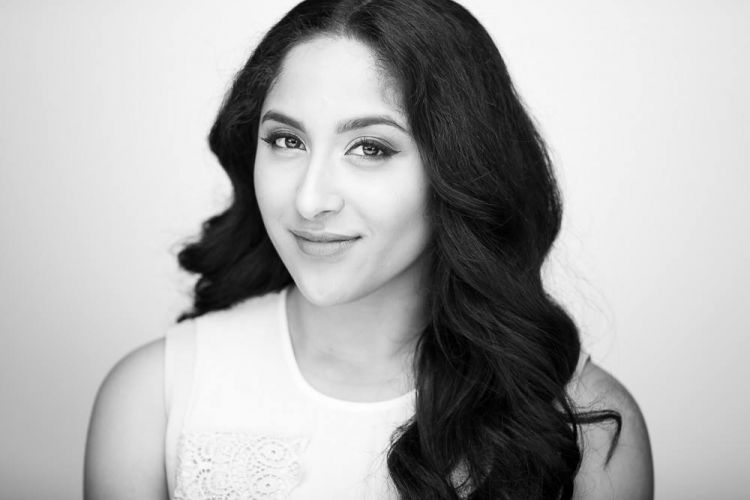
In previous articles, we covered how focal length affects headshots, and now we want to jump into the topic of aperture to discuss how it affects headshot imagery. What is the best aperture for headshot photography? The answer depends on a number of factors, including the background of the image, the quality of your lens, and how much retouching you intend to do for each image. Let’s explore each of these points and more below.
Why F/2.8 Is Often the Best Choice

If you’d like to skip the discussion and explanation below and jump straight into shooting, then we recommend defaulting to an aperture of f/2.8 for your headshot photography. If your lens does not go down to f/2.8, then go down to the lowest possible aperture.
In general, wider apertures create softer portraits and draw more attention to the focal point. The aperture of f/2.8 will give you good separation from the background with enough sharpness in the image. For headshots, we recommend shooting between f/2-f/2.8, and if you have the option, try not to shoot wider than f/4.
Aperture Choice and Background
If your background is busy or inconsistent, then you will want to use a lower aperture. The best illustration of this concept is from the work of Dylan Patrick. In his cinematic style of headshot photography, he uses a 70-200mm lens at f/2.8, stands further away from his subjects and zooms in to utilize compression. When combined with a large, soft light source, interesting compositions, and great expressions, the results are incredible images such as the one below. This technique is great for on-location headshot photography. You can find more information in his Fstoppers tutorial here.

If you have a more controlled background, such as a white backdrop, then the aperture is less important in regards to separating your subject from the background. However, you’ll still want to stick lower apertures to keep the primary focus on the subject’s eyes and minimize distractions from clothing, jewelry, and other elements in the frame.

How Quality of Lenses Affect Aperture Choice
In general, high quality lenses will allow headshot photographers to utilize low apertures while low quality lenses can sometimes be “soft” (i.e. lack sharpness) at lower apertures. If you zoom in at 100% and don’t see tack sharp eyes, consider increasing your aperture or ideally changing out your lens.
Higher Apertures = More (Potential) Retouching
Headshot photography at wide open apertures of f/2.8 and below, such as f/2.0 or f/1.8, will give your image sharpness in the subject’s eyes and send the other parts of the image, including parts of the face, out of focus. The out-of-focus parts of the face will generally require less retouching and skin smoothening. In contrast, images shot at higher apertures will make skin blemishes sharper and more noticeable, potentially requiring more editing.

Of course with the right lighting for headshots and good makeup, this becomes less of a factor.
Consider Vignetting
Another trait of wider apertures is the level of vignetting present in the frame. In general, images shot with wide open apertures tend to have more vignetting in the corners. This may or may not be an issue depending on your intended style, the quality of your lens, and the composition of your image.

More Information
Note: The following education is from our Headshot Photography Workshop in SLR Lounge Premium. If you’re serious about headshot photography and would like to make it a part of your business, we recommend subscribing to watch the entire workshop.




Get Connected!